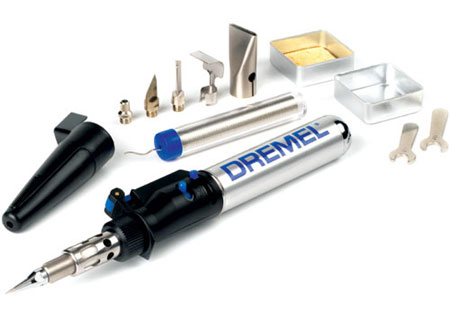How to remove paint or varnish for hardware and handles
Removing old paint or varnish often reveals preserved metalwork and functioning hardware, although the removal techniques depend on the project, budget and facilities.
Stripping uses chemicals, the same used for timber. Active chemicals in paint stripper tend to evaporate before penetrating, so cover the metal with plastic after application, putting small items in a bag or lidded container. Wash away the stripper and paint with warm soapy water and a scrubbing brush. Do you hands and the environment a favour by choosing an eco-friendly paint stripper such as Plascon RemovAll.
Dipping involves immersing objects completely in a liquid caustic and soaking them until the paint peels away, accelerated by heat. It’s used by commercial paint strippers, although small dipping vats can be prepared at home.

Simmering is non-toxic, and effective for small items such as door and cabinet hardware. Simmer, but don’t boil, the pieces in an old saucepan filled with water and baking soda for at least half an hour. The old paint should peel and scrub away with a soft nylon pad, but if not return it to the heat.

Burning uses an oxyacetylene flame or butane torch for fixed metal objects, or by placing smaller items in fire. It’s not environmentally sound or safe, especially for older paint that contains traces of lead. However, you can easily remove old paint and varnish from newer hardware items used a Dremel VersaTip or Dremel VersaFlame.
Abrasive Blasting is done commercially and is often the most effective method, particularly for cast iron as it wears away the paint in small shreds. If the metal can’t be taken to a blasting operation, you can arrange for an onsite blaster who uses the appropriate abrasives to avoid damaging the detail. The item should be primed immediately after blasting to prevent rust forming.

